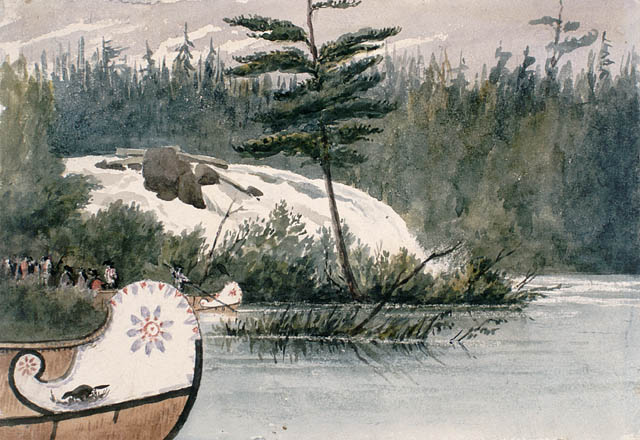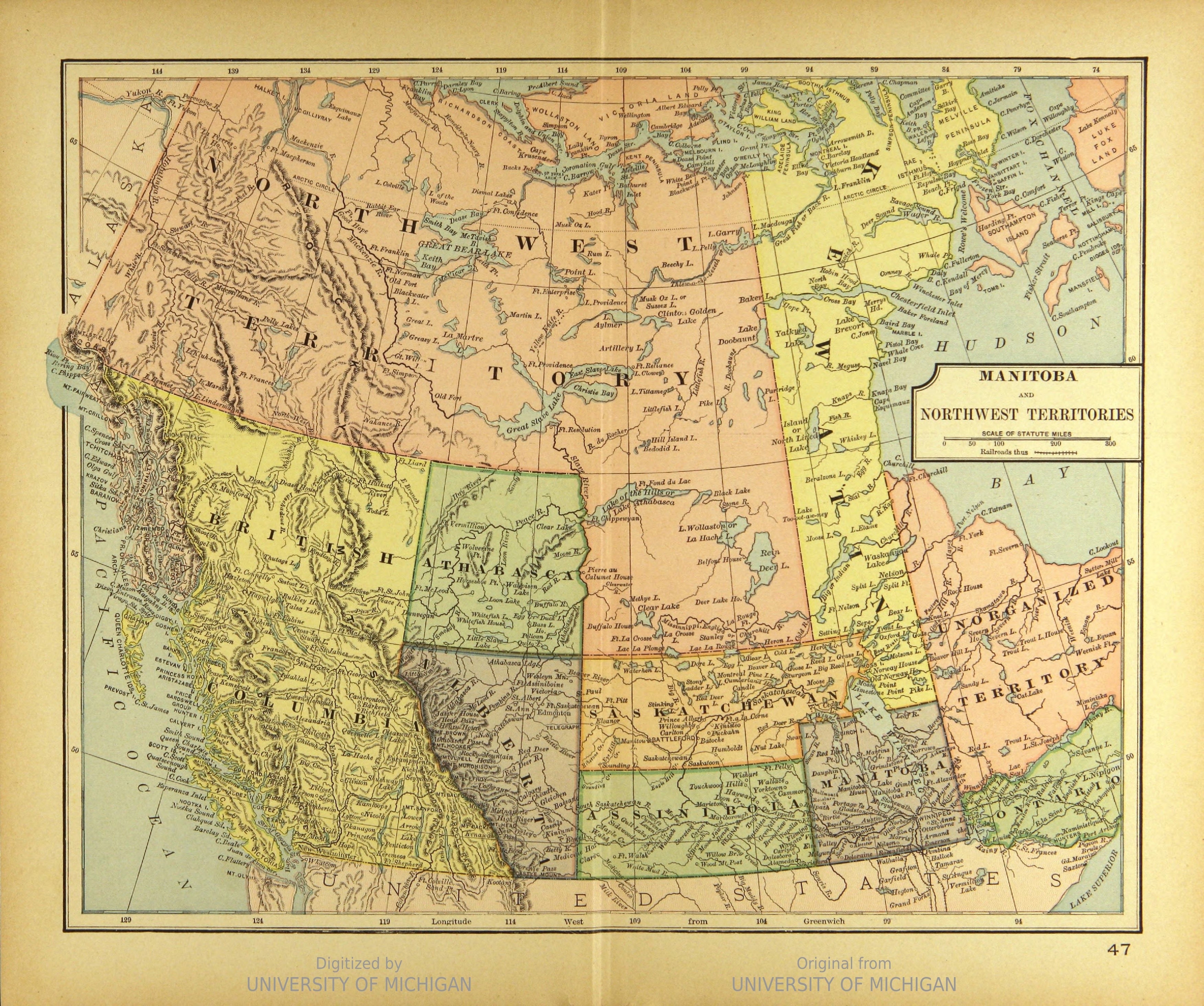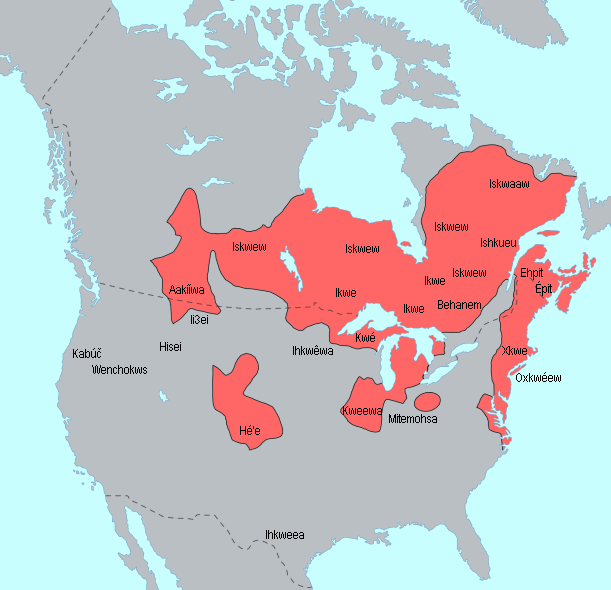|
Assiniboine People
The Assiniboine or Assiniboin people ( when singular, Assiniboines / Assiniboins when plural; Ojibwe: ''Asiniibwaan'', "stone Sioux"; also in plural Assiniboine or Assiniboin), also known as the Hohe and known by the endonym Nakota (or Nakoda or Nakona), are a First Nations/Native American people originally from the Northern Great Plains of North America. Today, they are centred in present-day Saskatchewan. They have also populated parts of Alberta and southwestern Manitoba in Canada, and northern Montana and western North Dakota in the United States. They were well known throughout much of the late 18th and early 19th century, and were members of the Iron Confederacy with the Cree. Images of Assiniboine people were painted by 19th-century artists such as Karl Bodmer and George Catlin. Names The Europeans and Americans adopted names that other tribes used for the Assiniboine; they did not until later learn the tribe's autonym, their name for themselves. In Siouan ... [...More Info...] [...Related Items...] OR: [Wikipedia] [Google] [Baidu] |
Karl Bodmer
Johann Carl Bodmer (11 February 1809 – 30 October 1893) was a Switzerland, Swiss-France, French printmaker, etcher, lithographer, zinc engraver, draftsman, draughtsman, painter, illustrator, and hunter. Known as Karl Bodmer in literature and paintings, his name was recorded as Johann Karl Bodmer and Jean-Charles Bodmer, respectively. After 1843, likely as a result of the birth of his son Charles-Henry Barbizon, he began to sign his works ''K Bodmer''. Bodmer was well known in Germany for his watercolours, drawings, and aquatints of cities and landscapes of the Rhine, Moselle (river), Mosel, and Lahn rivers. After he moved to France following his return from an expedition in the American West, he became a member of the Barbizon School, a French landscape painting group from the mid-19th century. He created many oil paintings with animal and landscape motifs, wood engravings, drawings, and book illustrations. For his work, Bodmer was made a Knight in the French Legion of Honour i ... [...More Info...] [...Related Items...] OR: [Wikipedia] [Google] [Baidu] |
Iron Confederacy
The Iron Confederacy or Iron Confederation (also known as Cree-Assiniboine in English or in Cree) was a political and military alliance of Plains Indians of what is now Western Canada and the northern United States. This confederacy included various individual bands that formed political, hunting and military alliances in defense against common enemies. The ethnic groups that made up the Confederacy were the branches of the Cree that moved onto the Great Plains around 1740 (the southern half of this movement eventually became the " Plains Cree" and the northern half the " Woods Cree"), the Saulteaux (Plains Ojibwa), the Nakoda or Stoney people also called Pwat or Assiniboine, and the Métis and Haudenosaunee (who had come west with the fur trade). The Confederacy rose to predominance on the northern Plains during the height of the North American fur trade when they operated as middlemen controlling the flow of European goods, particularly guns and ammunition, to other Indigen ... [...More Info...] [...Related Items...] OR: [Wikipedia] [Google] [Baidu] |
Nakóda
Nakoda may refer to: *Nakoda people, an Indigenous people in the US and Canada * Nakoda, Rajasthan, a village in India * Nakoda, Maharashtra, a town in India * Nakodaji, a Jain temple See also *Nakhuda A Nakhuda was the captain of a pearling boat sailing in the Persian Gulf, typically from Kuwait, Bahrain, Qatar and the United Arab Emirates (then the Trucial States). Arabian Pearling vessels would typically take to sea with the ''Nakhuda'', ass ..., Persian title for a shipmaster * ''Nakhuda'' (film), a 1981 Indian film {{dab ... [...More Info...] [...Related Items...] OR: [Wikipedia] [Google] [Baidu] |
Nakoda (people)
The Nakoda (also known as Stoney, , or Stoney Nakoda) are an Indigenous people in Western Canada and the United States. Their territory used to be large parts of what is now Alberta, Saskatchewan, and Montana, but their reserves are now in Alberta and in Saskatchewan, where they are rarely differentiated from the Assiniboine. They refer to themselves in their language as , meaning 'friend, ally'. The name ''Stoney'' was given to them by Anglophone explorers, because of their technique of using fire-heated rocks to boil broth in rawhide bowls. They are very closely related to the Assiniboine, who are also known as Stone Sioux (from ). The Nakoda First Nation in Alberta comprises three bands: Bearspaw, Chiniki, and Goodstoney. The Stoney were "excluded" from Banff National Park between 1890 and 1920. In 2010 they were officially "welcomed back". Nakoda groups The Nakoda are descendants of individual bands of the Assiniboine, from whom they spun out as an independent gro ... [...More Info...] [...Related Items...] OR: [Wikipedia] [Google] [Baidu] |
American English
American English, sometimes called United States English or U.S. English, is the set of variety (linguistics), varieties of the English language native to the United States. English is the Languages of the United States, most widely spoken language in the United States and, since 2025, the official language of the United States. It is also an official language in 32 of the 50 U.S. states and the ''de facto'' common language used in government, education, and commerce in all 50 states, the District of Columbia, and in all territories except Puerto Rico. Since the late 20th century, American English has become the most influential form of English worldwide. Varieties of American English include many patterns of pronunciation, vocabulary, grammar, and particularly spelling that are unified nationwide but distinct from other forms of English around the world. Any North American English, American or Canadian accent perceived as lacking noticeably local, ethnic, or cultural markedness ... [...More Info...] [...Related Items...] OR: [Wikipedia] [Google] [Baidu] |
Western Siouan Languages
The Western Siouan languages, also called Siouan proper or simply Siouan, are a large language family native to North America. They are closely related to the Catawban languages, sometimes called Eastern Siouan, and together with them constitute the Siouan (Siouan–Catawban) language family. Linguistic and historical records indicate a possible southern origin of the Siouan people, with migrations over a thousand years ago from North Carolina and Virginia to Ohio. Some continued down the Ohio River, to the Mississippi and up to the Missouri. Others went down the Mississippi, settling in what is now Alabama, Mississippi and Louisiana. Others traveled across Ohio to what is now Illinois, Wisconsin, and Minnesota, home of the Dakota. Family division The Siouan family proper consists of some 18 languages and various dialects: * Siouan ** Mandan *** Nuptare *** Nuetare ** Missouri River Siouan (a.k.a. Crow–Hidatsa) *** Crow (a.k.a. Absaroka, Apsaroka, Apsaalooke, Upsaroka) ... [...More Info...] [...Related Items...] OR: [Wikipedia] [Google] [Baidu] |
Western Canada
Western Canada, also referred to as the Western provinces, Canadian West, or Western provinces of Canada, and commonly known within Canada as the West, is a list of regions of Canada, Canadian region that includes the four western provinces and territories of Canada, provinces just north of the Canada–United States border namely (from west to east) British Columbia, Alberta, Saskatchewan and Manitoba. The people of the region are often referred to as "Western Canadians" or "Westerners", and though diverse from province to province are largely seen as being collectively distinct from other Canadians along cultural, linguistic, socioeconomic, geographic and political lines. They account for approximately 32% of Canada's total population. The region is further subdivided geographically and culturally between British Columbia, which is mostly on the western side of the Canadian Rockies and often referred to as the "British Columbia Coast, west coast", and the "Prairie Provinces" (c ... [...More Info...] [...Related Items...] OR: [Wikipedia] [Google] [Baidu] |
Algonquian Languages
The Algonquian languages ( ; also Algonkian) are a family of Indigenous languages of the Americas and most of the languages in the Algic language family are included in the group. The name of the Algonquian language family is distinguished from the orthographically similar Algonquin dialect of the Indigenous Ojibwe language (Chippewa), which is a senior member of the Algonquian language family. The term ''Algonquin'' has been suggested to derive from the Maliseet word (), meaning 'they are our relatives/allies'. Speakers of Algonquian languages stretch from the east coast of North America to the Rocky Mountains. The proto-language from which all of the languages of the family descend, Proto-Algonquian, was spoken around 2,500 to 3,000 years ago. There is no scholarly consensus about where this language was spoken. Family division This subfamily of around 30 languages is divided into three groups according to geography: Plains, Central, and Eastern Algonquian. Of t ... [...More Info...] [...Related Items...] OR: [Wikipedia] [Google] [Baidu] |
Cree Language
Cree ( ; also known as Cree–Montagnais language, Montagnais–Naskapi language, Naskapi) is a dialect continuum of Algonquian languages spoken by approximately 86,475 people across Canada in 2021, from the Northwest Territories to Alberta to Labrador. If considered one language, it is the Native American languages, aboriginal language with the highest number of speakers in Canada. The only region where Cree has any official language, official status is in the Northwest Territories, alongside eight other aboriginal languages. There, Cree is spoken mainly in Fort Smith, Northwest Territories, Fort Smith and Hay River, Northwest Territories, Hay River. Names Endonyms are: * (Plains Cree) * (Woods Cree) * (Western Swampy Cree) * (Eastern Swampy Cree) * (Moose Cree) * (Southern East Cree) * (Northern East Cree) * (Atikamekw) * (Western Montagnais, Piyekwâkamî dialect) * (Western Montagnais, Betsiamites dialect) * (Eastern Montagnais) Origin and diffusion Cree ... [...More Info...] [...Related Items...] OR: [Wikipedia] [Google] [Baidu] |
Transliteration
Transliteration is a type of conversion of a text from one script to another that involves swapping letters (thus '' trans-'' + '' liter-'') in predictable ways, such as Greek → and → the digraph , Cyrillic → , Armenian → or Latin → . For instance, for the Greek term , which is usually translated as 'Hellenic Republic', the usual transliteration into the Latin script (romanization) is ; and the Russian term , which is usually translated as 'Russian Republic', can be transliterated either as or alternatively as . Transliteration is the process of representing or intending to represent a word, phrase, or text in a different script or writing system. Transliterations are designed to convey the pronunciation of the original word in a different script, allowing readers or speakers of that script to approximate the sounds and pronunciation of the original word. Transliterations do not change the pronunciation of the word. Thus, in the Greek above example, ... [...More Info...] [...Related Items...] OR: [Wikipedia] [Google] [Baidu] |
Canadian French
Canadian French (, ) is the French language as it is spoken in Canada. It includes multiple varieties, the most prominent of which is Québécois (Quebec French). Formerly ''Canadian French'' referred solely to Quebec French and the closely related varieties of Ontario (Franco-Ontarian) and Western Canada—in contrast with Acadian French, which is spoken by Acadians in New Brunswick (including the Chiac dialect) and some areas of Nova Scotia (including the dialect St. Marys Bay French), Prince Edward Island and Newfoundland & Labrador (where Newfoundland French is also spoken). In 2011, the total number of native French speakers in Canada was around 7.3 million (22% of the entire population), while another 2 million spoke it as a second language. At the federal level, it has official status alongside English. At the provincial level, French is the sole official language of Quebec as well as one of two official languages of New Brunswick and jointly official (derived fr ... [...More Info...] [...Related Items...] OR: [Wikipedia] [Google] [Baidu] |
North American English
North American English (NAmE) encompasses the English language as spoken in both the United States and Canada. Because of their related histories and cultures, plus the similarities between the pronunciations (accents), vocabulary, and grammar of American English, U.S. English and Canadian English, linguists often group the two together. Canadians are generally tolerant of both British and American spellings, although certain words always take British spellings (e.g., ''cheque'') and others American spellings (e.g., ''tire'' rather than ''tyre''). Dialects of English spoken by United Empire Loyalists who fled the American Revolution (1775–1783) have had a large influence on Canadian English from its early roots. Some terms in North American English are used almost exclusively in Canada and the United States (for example, the terms ''diaper'' and ''gasoline'' are widely used instead of ''nappy'' and ''petrol''). Although many English speakers from outside North America regard ... [...More Info...] [...Related Items...] OR: [Wikipedia] [Google] [Baidu] |







